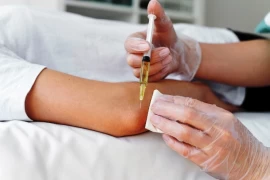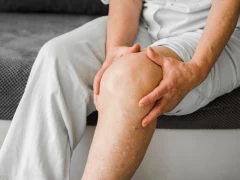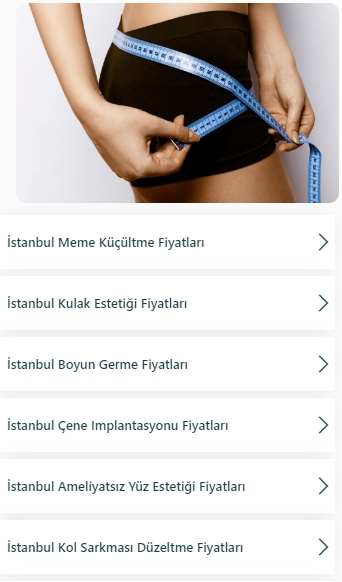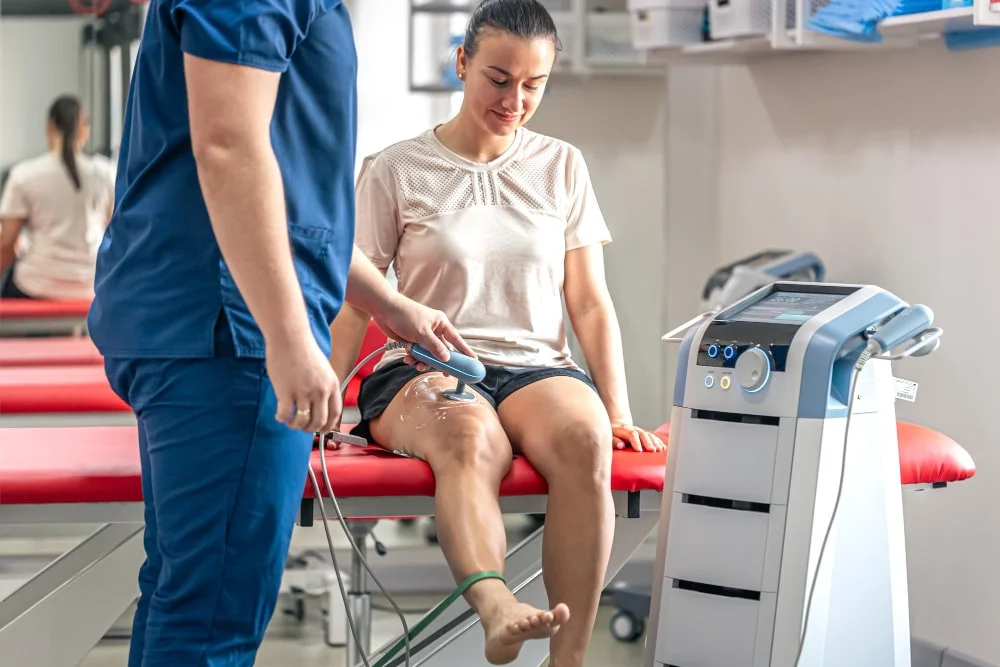
ESWT Applications in Physical Therapy
- ESWT Applications in Physical Therapy
- What Is ESWT?
- In Which Conditions Do We Use It?
- How Is It Applied and How Many Sessions Are Needed?
- Physiological Effects of ESWT
- Combination with Other Treatment Methods
- Contraindications and Considerations
- In Conclusion
In our clinical practice, we frequently encounter musculoskeletal disorders that significantly reduce individuals’ quality of life. Among the modern approaches in physical therapy, one method that has gained prominence in recent years and whose effectiveness has been supported by scientific studies is ESWT (Extracorporeal Shock Wave Therapy). This non-invasive technique has enabled us to achieve successful outcomes in a variety of conditions.
What Is ESWT?
ESWT is a non-invasive treatment method that uses focused acoustic waves. The goal is to stimulate a healing process at the microscopic level in the targeted tissue by applying high-energy sound waves. Through this mechanism, we aim to increase blood circulation and promote tissue regeneration. ESWT reactivates the body’s natural healing response, particularly in chronic and treatment-resistant soft tissue injuries.
In Which Conditions Do We Use It?
In our clinical applications, we have achieved notable success with ESWT, especially in the following conditions:
Plantar fasciitis (heel spur)
Tendinopathies (shoulder, Achilles, and patellar tendons in particular)
Tennis elbow (lateral epicondylitis)
Golfer's elbow (medial epicondylitis)
Calcific tendinitis
Myofascial trigger points and muscle spasms
Trochanteric bursitis
Stress fractures and delayed bone healing
In most of these conditions, we combine ESWT with other physical therapy modalities for even more effective results.
How Is It Applied and How Many Sessions Are Needed?
ESWT is typically applied once a week, in a course of 5 sessions. Each session lasts approximately 3 minutes. During treatment, our patients may feel mild discomfort at the application site, but this is generally well-tolerated. After the session, there may be temporary redness or mild pain.
We utilize high-tech devices capable of operating in both focused and radial shock wave modes. The choice of mode depends on the condition’s location, depth, and chronicity, and we determine it carefully for each patient.
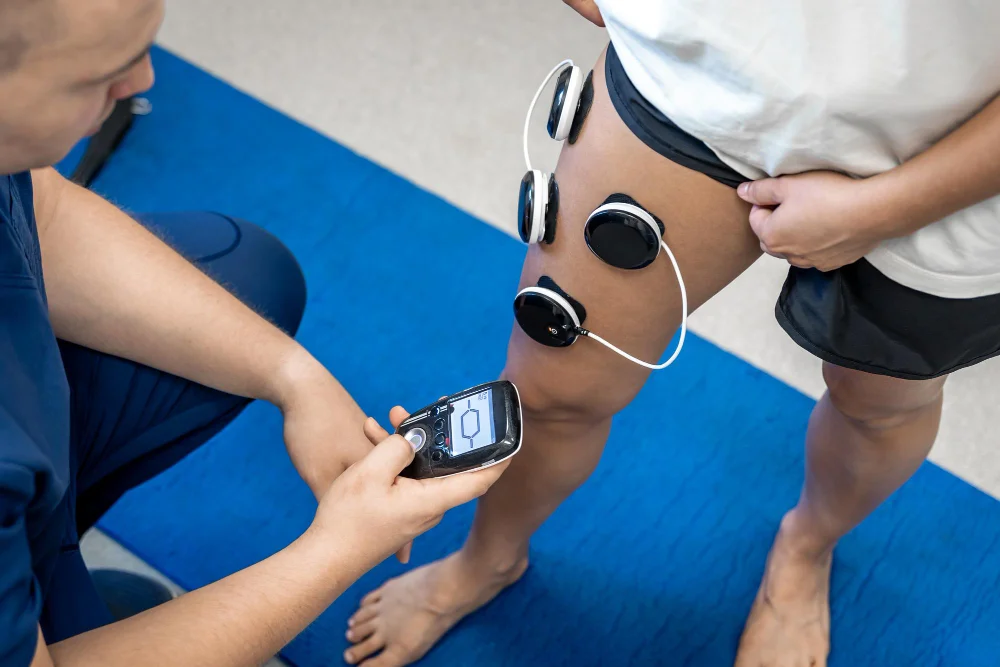
Physiological Effects of ESWT
One of the main reasons we prefer ESWT is because it simultaneously supports several physiological processes:
Angiogenesis: Encourages the formation of new capillaries, increasing local blood flow.
Pain modulation: Reduces sensitivity at nerve endings and helps relieve chronic pain.
Tissue regeneration: Stimulates healing at the cellular level.
Calcium resorption: Assists in breaking down calcific deposits, especially in the shoulder.
Combination with Other Treatment Methods
We often combine ESWT with other approaches such as therapeutic exercise, manual therapy, dry needling, BTL magnetic field therapy, high-intensity laser therapy (HILT), and ultrasound-based deep heat modalities. This multimodal strategy significantly enhances treatment efficacy and helps our patients achieve faster and longer-lasting results.
Contraindications and Considerations
Although ESWT is a safe and effective treatment, there are some situations in which it should not be applied. These include:
Bleeding disorders
Use of anticoagulant (blood thinner) medications
Active infections at the application site
Bone tumors
Pregnancy
Children with open growth plates
Before treatment, we conduct a thorough evaluation and, when necessary, consult with other specialists to ensure safety and appropriateness.
In Conclusion
ESWT is an evidence-based, non-invasive treatment method that offers remarkable results in various chronic musculoskeletal conditions. As physical therapy specialists, we strive to create personalized treatment plans tailored to each patient’s unique needs, and we consider ESWT to be a valuable part of that plan.
When applied to suitable patients with accurate diagnosis and proper technique, ESWT is highly effective in reducing pain and improving functional capacity. It serves as a powerful tool in our efforts to enhance our patients’ quality of life.

Dr. Elif Berber
Physical Medicine and Rehabilitation Specialist



